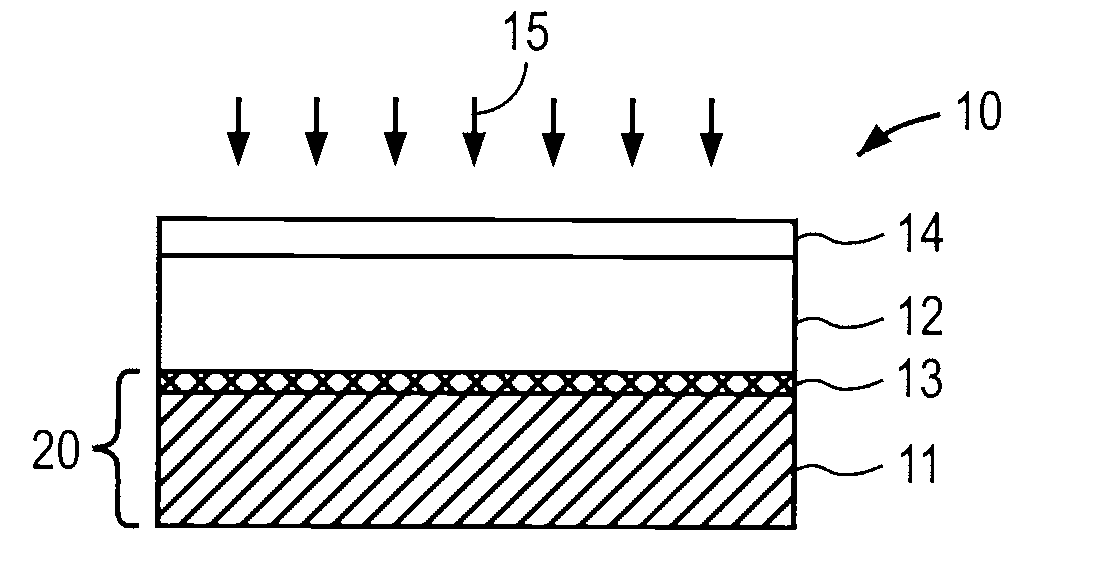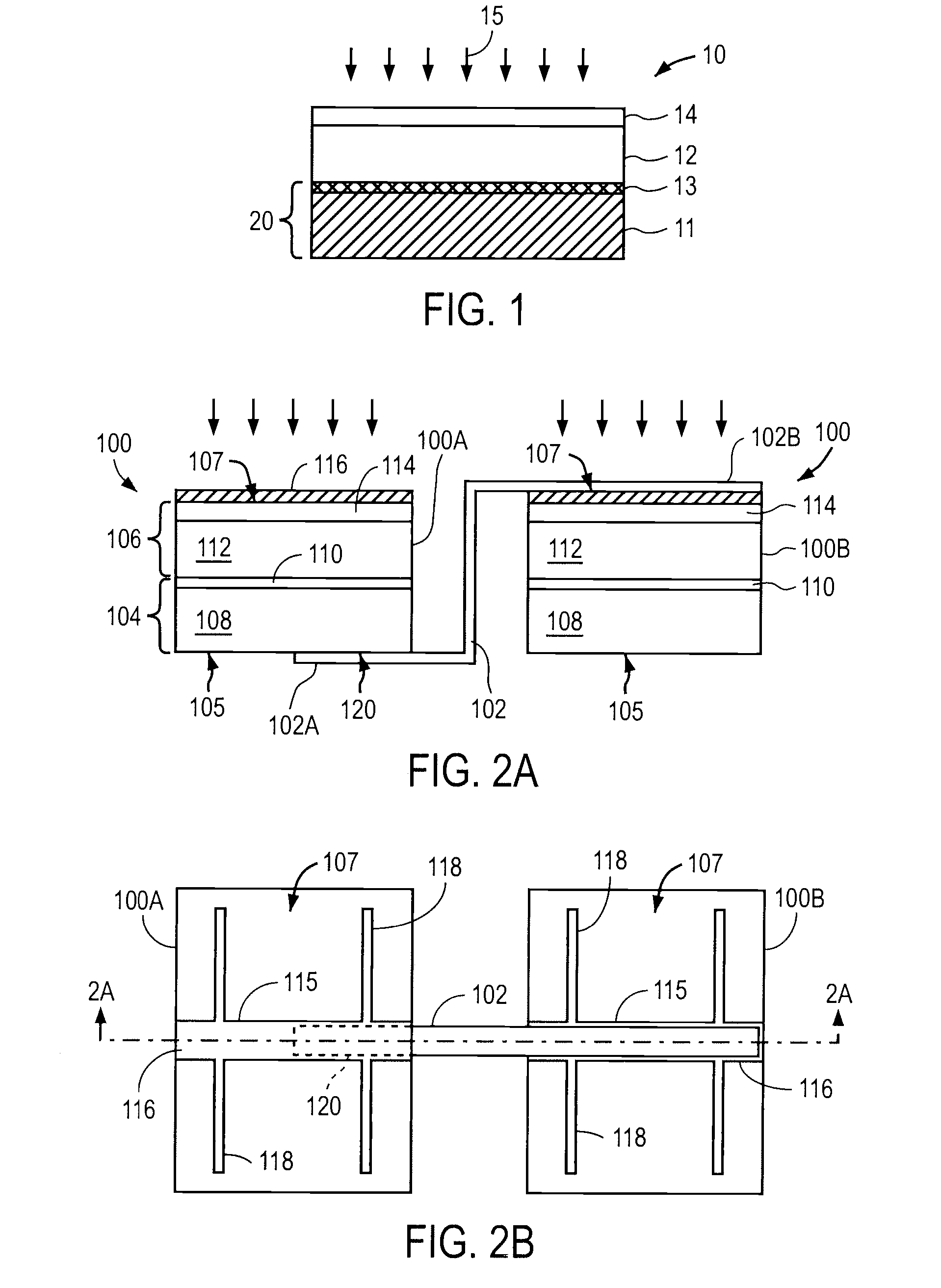Metallic foil substrate and packaging technique for thin film solar cells and modules
a solar cell and metal foil technology, applied in the direction of pv power plants, sustainable manufacturing/processing, final product manufacturing, etc., can solve the problems of inability to easily solder materials, low efficiency of solar cell module packaging, and high cost of electricity generated by silicon-based solar cells
- Summary
- Abstract
- Description
- Claims
- Application Information
AI Technical Summary
Benefits of technology
Problems solved by technology
Method used
Image
Examples
Embodiment Construction
[0035]The present invention provides a method and apparatus for treating the back surface of the solar cells having metallic substrates before interconnecting the solar cells for forming circuits and modules. The invention will be described using an interconnection process or stringing process for preferably thin film CIGS solar cells formed on flexible metallic foil substrates. The treatment method is applied to at least a portion of a back surface of the solar cells, i.e., substrate back surface, before establishing electrical contacts to such surfaces. In one embodiment, the treatment process comprises mechanical abrasion and removal of at least a portion of an unwanted non-conductive material film from the substrate surface of the solar cell. As described in the background section, such unwanted material films may be formed on the back surface during selenization, CdS deposition and / or surface oxidation of the metallic substrate surface. In another embodiment, the treatment meth...
PUM
| Property | Measurement | Unit |
|---|---|---|
| Surface roughness | aaaaa | aaaaa |
| Surface roughness | aaaaa | aaaaa |
| Surface roughness | aaaaa | aaaaa |
Abstract
Description
Claims
Application Information
 Login to View More
Login to View More - R&D
- Intellectual Property
- Life Sciences
- Materials
- Tech Scout
- Unparalleled Data Quality
- Higher Quality Content
- 60% Fewer Hallucinations
Browse by: Latest US Patents, China's latest patents, Technical Efficacy Thesaurus, Application Domain, Technology Topic, Popular Technical Reports.
© 2025 PatSnap. All rights reserved.Legal|Privacy policy|Modern Slavery Act Transparency Statement|Sitemap|About US| Contact US: help@patsnap.com



